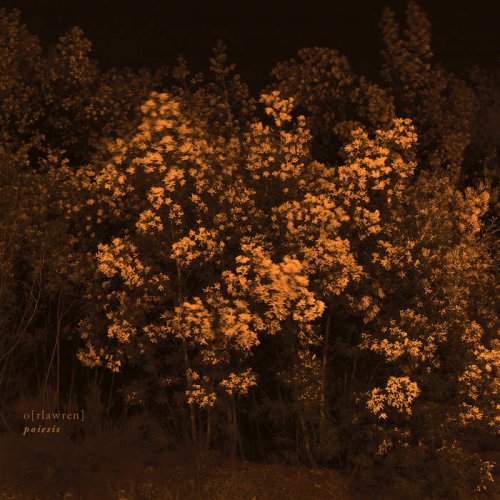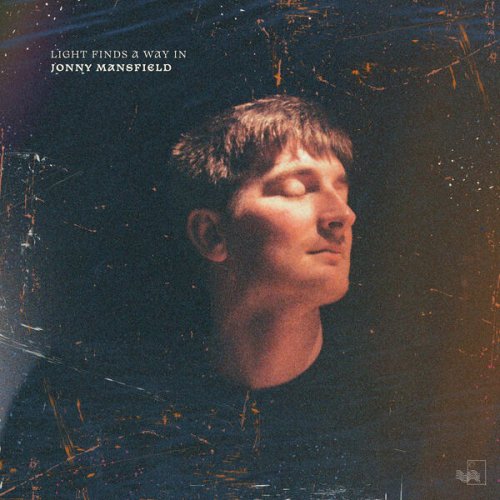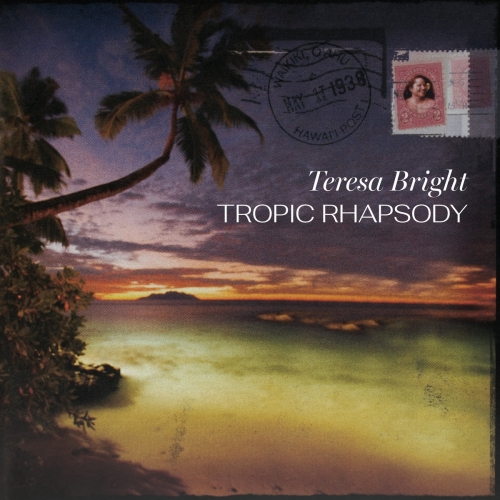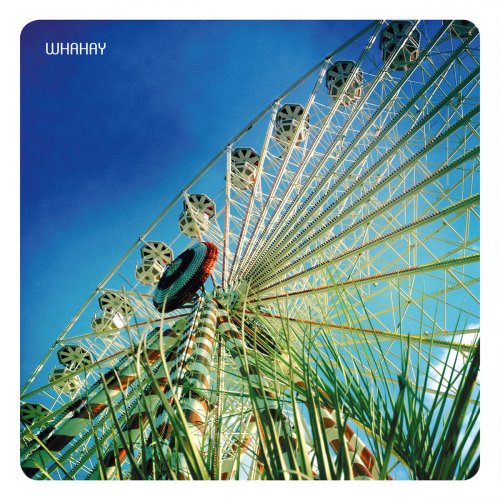o[rlawren] - Poiesis (2025)

Artist: o[rlawren]
Title: Poiesis
Year Of Release: 2025
Label: DRONARIVM
Genre: Ambient
Quality: 16bit-44,1kHz FLAC / 24bit-48kHz FLAC
Total Time: 42:30
Total Size: 192 mb / 443 mb
WebSite: Album Preview
TracklistTitle: Poiesis
Year Of Release: 2025
Label: DRONARIVM
Genre: Ambient
Quality: 16bit-44,1kHz FLAC / 24bit-48kHz FLAC
Total Time: 42:30
Total Size: 192 mb / 443 mb
WebSite: Album Preview
1. convergence (03:11)
2. poiesis (04:15)
3. physis (07:18)
4. the pencil in nature (05:00)
5. hand plants (04:32)
6. biocentric equality (04:32)
7. photogenic drawing (06:13)
8. the penumbra and the gradients (03:23)
9. corpuscles (04:06)
Poiesis is the second of two simultaneous album releases from Dutch based label Dronarivm/Fonodroom from the Scottish based sound artist and electroacoustic musician o[rlawren] and almost nine years since the label issued his 2016 album Branches, a collaborative album with French guitarist Cyril Secq.
Active for over two decades in the electronic music scene, o[rlawren] has developed a distinctive and intuitive approach to emotional and intimate details that unfold in his electroacoustic constructions, documented in a string of solo and collaborative releases.
Extending a valuable collaborative aesthetic, Poiesis is a continuation in the artists ongoing research into modular synthesis and field recordings, informed by and in collaboration with the works ‘we wander in circles through the night and are consumed by fire’ and ‘physis’ by Portuguese photographer Carina Martins and the author Rui Ibañez Matoso.
‘It is a very melodic, bubbling, soft and gentle sound, very visceral as is his own personhood.’
Carina Martins (Viseu, Portugal).
‘The desire to approach nature itself is reflected in the act of photographing, seen as a possibility of diving into the fragile complexity of the interdependence of life and, consequently, into the immanence of an aesthetic anchored in the ecological dimension of artistic consciousness.
This is also the subtle energy that emerges from these images, like someone who takes the opposite path of light to contemplate a sovereign existence in the trees.
Carina Martins photography favours a digression of the senses beyond the immediately visible and leads us to a certain geography of shadows, night and gloom.
Between the urban and civilizational threshold of the Anthropocene and the immense territory of the biosphere,the photographer conducts a visual investigation into the epicentre of nocturnal light environments, praising the shadow of places inhabited by a myriad of mineral organisms, plants and animals.
In the confrontation between our gaze and these images, as well as in our relationship with nature, something must change and happen at the level of the perception and its affective-cognitive modulations.
It is no longer a question of seeing as in the ancient regime of pretechnological vision, but of poetically accessing another sensitive sphere, unlearning the rigid ideas of what a forest, a tree, or a mountain might be and look like.’
Rui Ibañez Matoso (Researcher in the science of image and post-media visuality)
![Jamaican Jazz Orchestra - Rain Walk (2019) [Hi-Res] Jamaican Jazz Orchestra - Rain Walk (2019) [Hi-Res]](https://img.israbox.com/img/2025-12/21/snzv0mdiaf2dg21tiqrm87jaq.jpg)



![LRK Trio, Elizaveta Korneyeva and Euphoria Orchestra - LRK Orchestra (2025) [Hi-Res] LRK Trio, Elizaveta Korneyeva and Euphoria Orchestra - LRK Orchestra (2025) [Hi-Res]](https://www.dibpic.com/uploads/posts/2025-12/1766210674_qm8oj75twl1x5_600.jpg)

![Paul Mauriat - L'avventura (1972) [Hi-Res] Paul Mauriat - L'avventura (1972) [Hi-Res]](https://img.israbox.com/img/2025-12/19/q8l5an3pdrx7j3uta0q4cr2qi.jpg)
![Gonzalo Rubalcaba - Gonzalo Plays PIino (2025) [Hi-Res] Gonzalo Rubalcaba - Gonzalo Plays PIino (2025) [Hi-Res]](https://www.dibpic.com/uploads/posts/2025-12/1766206867_folder.jpg)
